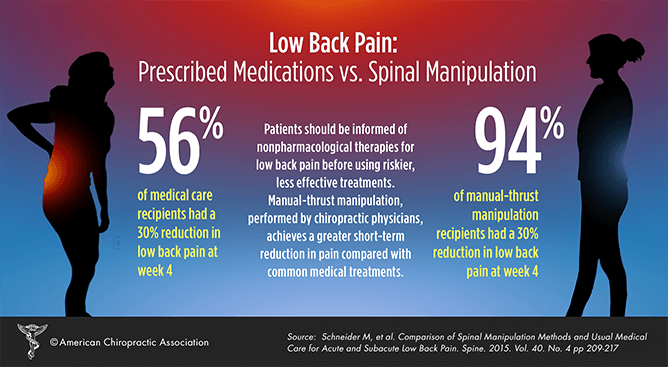You Should Have A Therapist Who Comprehends Your Distinct Needs; Discover Vital Tips To Locate The Excellent Suit For Your Recuperation Journey
You Should Have A Therapist Who Comprehends Your Distinct Needs; Discover Vital Tips To Locate The Excellent Suit For Your Recuperation Journey
Blog Article
Produced By-Gamble Churchill
Selecting the right soft Tissue specialist can feel overwhelming, however it's important for your recovery or relaxation journey. Start by recognizing your specific needs and goals, whether it's injury healing or stress alleviation. Once you have that clarity, you'll wish to evaluate prospective specialists based upon their qualifications and experience. But there's even more to think about, including how comfy you pity them. Let's check out these elements even more to guarantee you locate the best fit for your requirements.
Comprehending Your Needs and Goals
When it comes to selecting a soft Tissue therapist, knowing your demands and goals is important. Start by asking yourself what issues you're dealing with. Are https://healthcare.utah.edu/the-scope/shows.php?shows=0_vy4s6pbt recuperating from an injury, managing persistent pain, or seeking leisure? Your specific requirements will certainly direct your choice.
Next, consider your objectives. Do you wish to improve adaptability, improve sports performance, or eliminate stress? Specifying relevant web-site will assist you interact properly with prospective therapists.
It's likewise helpful to consider your preferences, such as the type of therapy you're comfortable with, whether it's deep Tissue, myofascial launch, or an additional technique.
Evaluating Qualifications and Experience
As you embark on the trip of selecting a soft Tissue specialist, assessing their certifications and experience is essential to guarantee you're in qualified hands.
Beginning by inspecting https://judahqlfat.fare-blog.com/33202284/indicators-you-might-demand-soft-tissue-treatment-for-pain-alleviation and training; a level in a relevant area, such as massage treatment or physical therapy, is necessary. Seek certifications from acknowledged companies, as they indicate adherence to sector standards.
Experience matters too-- ask the length of time they've been practicing and if they specialize in particular strategies appropriate to your demands. Don't hesitate to ask about their success tales or customer endorsements, as these offer understanding right into their effectiveness.
Combining official certifications with sensible experience will certainly help you find a specialist that's well-equipped to sustain your healing journey.
Thinking About Communication and Convenience Levels
Efficient communication is vital to a successful healing partnership, so focus on exactly how your prospective therapist interacts with you. Notification if they listen actively and respond to your worries. You desire someone that makes you feel listened to and valued.
Ask concerns regarding their methods and philosophy; an excellent specialist needs to be open and willing to discuss.
Convenience degrees are similarly essential. Depend on your impulses-- if you regret or pressured, it mightn't be the right fit. A proficient specialist produces a risk-free atmosphere where you can express your demands and borders.
Don't be reluctant to talk about any fears or preferences. Eventually, selecting a therapist that interacts well and makes you really feel comfy can dramatically improve your recovery trip.
Conclusion
In choosing the best soft Tissue therapist, keep in mind to prioritize your needs and goals. Review their credentials and experience to guarantee they're a good fit. Do not take too lightly the value of communication and comfort-- after all, you require to really feel risk-free during your sessions. Trust fund your instincts, take into consideration test sessions, and gather recommendations to make a notified choice. Eventually, the best therapist can make a considerable difference in your healing and general health.
